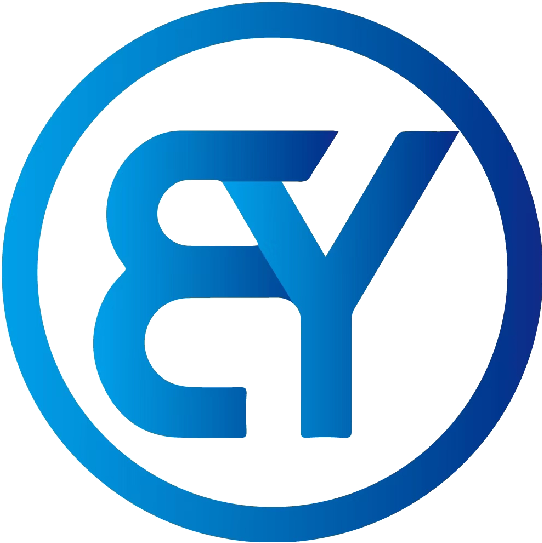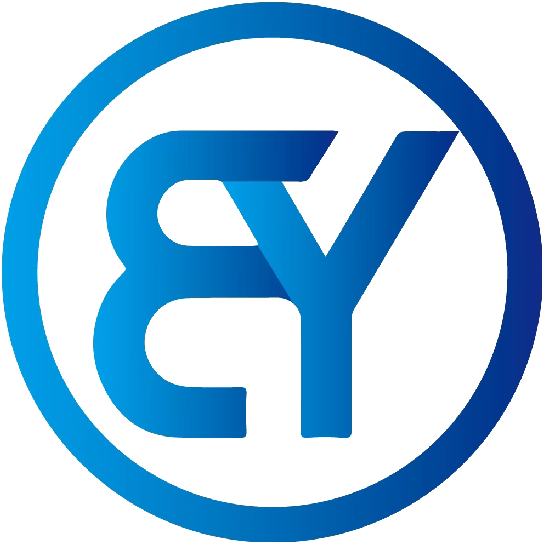Best Practices for Quality Control in Copper Pipe Coils
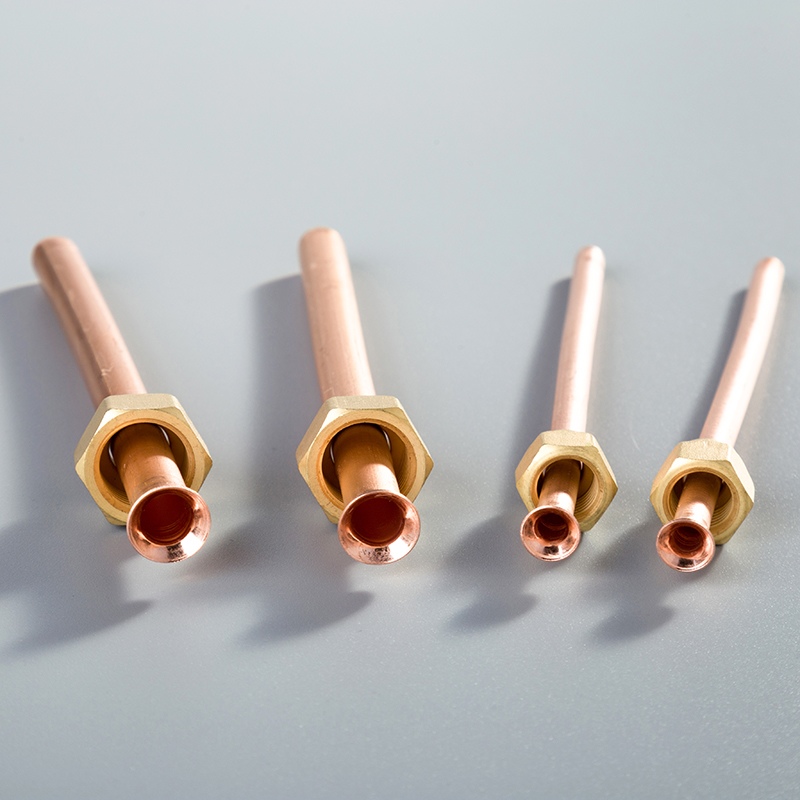
What are the best practices for quality control in copper pipe coils?
Maintaining stringent quality control measures in the production of copper pipe coils is paramount to uphold superior standards throughout the manufacturing process. By implementing advanced techniques such as Eddy Current Testing and ultrasonic testing, manufacturers can swiftly detect any internal defects within the material structure. Automation further enhances the accuracy and repeatability of inspections, ensuring that mechanical strength is prioritized for the reliability and longevity of copper pipes. Rigorous testing methods are employed to evaluate tensile strength, hardness, and ductility, guaranteeing exceptional product quality.
Understanding the Necessity of Quality Control
To ensure best practices for quality control in copper pipe coils, manufacturers prioritize stringent measures to uphold superior standards. The significance of quality control lies in maintaining durability and longevity while preventing defects and failures.
Why Quality Control is Crucial
Ensuring Durability and Longevity: By implementing advanced techniques like Eddy Current Testing, manufacturers can swiftly detect internal defects within the material structure.
Preventing Defects and Failures: Rigorous testing methods evaluate tensile strength, hardness, and ductility to guarantee exceptional product quality.
Industry Standards and Regulations
Compliance with International Standards: Adhering to international standards ensures that products meet global quality benchmarks.
Meeting Customer Expectations: Prioritizing quality control not only meets but exceeds customer expectations, fostering trust and reliability.
Step-by-Step Quality Control Procedures
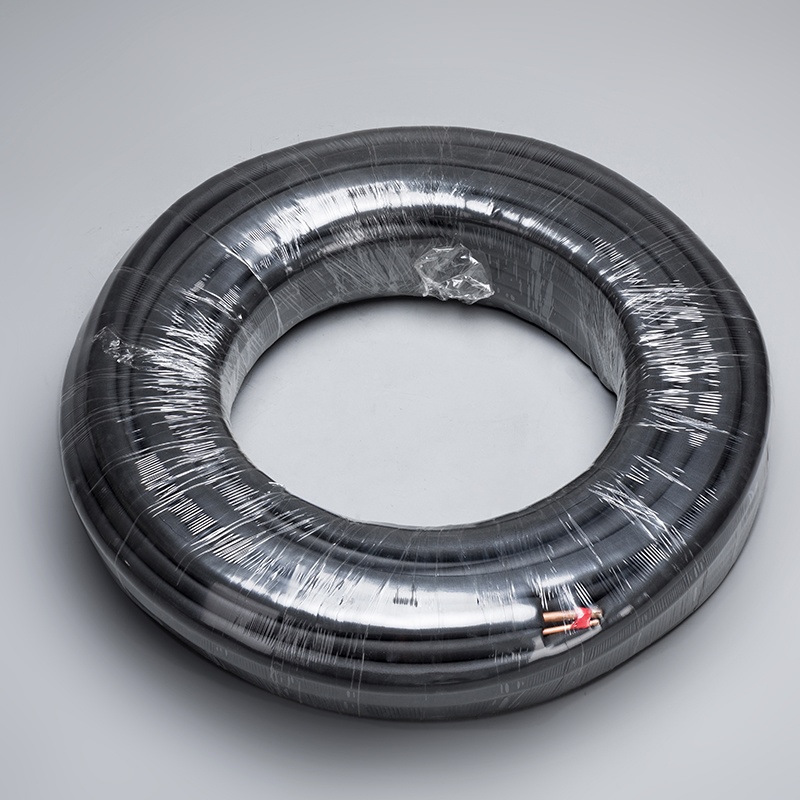
When conducting quality control procedures for copper pipe coils, it is essential to follow a systematic approach to ensure the reliability and performance of the final product. The initial inspection serves as the foundation for subsequent testing methods and documentation processes.
Initial Inspection
Visual Inspection
Inspect the surface of the copper pipe coils meticulously to identify any visible defects or irregularities that may impact performance.
Look for signs of corrosion, dents, or scratches that could compromise the structural integrity of the coils.
Dimensional Verification
Measure the diameter and wall thickness of the copper tubes with precision to ensure they meet specified tolerances.
Verify that the dimensions align with industry standards to guarantee compatibility with various applications.
Testing Methods
Pressure Testing
Subject the copper pipe coils to rigorous pressure tests to assess their ability to withstand varying levels of internal pressure.
Monitor pressure fluctuations and leaks under controlled conditions to identify any weaknesses in the material.
Leak Detection
Implement leak detection techniques such as pneumatic or hydraulic testing to identify potential points of leakage in the coil structure.
Utilize sensitive equipment to detect even minor leaks that could lead to system inefficiencies or failures.
Eddy Current Testing
Employ Eddy Current Testing as a non-destructive method to evaluate the conductivity and integrity of copper tubes.
Benefit from real-time feedback provided by this advanced technique to promptly address any deviations from quality standards.
Documentation and Reporting
Recording Test Results
Document all test results accurately, including observations from visual inspections and data obtained during testing procedures.
Maintain detailed records of each coil's performance characteristics for traceability and quality assurance purposes.
Maintaining Quality Records
Establish a comprehensive system for organizing and storing quality control records related to each batch of copper pipe coils.
Ensure easy access to historical data for future reference and continuous improvement initiatives.
Best Practices for Maintaining Quality
Regular Maintenance and Monitoring
Scheduled Inspections
Industry Expert: "Investing in quality control measures is paramount for ensuring the reliability and safety of copper pipes."
To maintain optimal performance, scheduled inspections should be conducted regularly to identify any potential issues that could compromise the quality of copper pipe coils.
Inspecting the coils at predetermined intervals allows manufacturers to proactively address any deviations from quality standards before they escalate into significant problems.
Routine Cleaning and Flushing
Quality Control Specialist: "The importance of mechanical strength in copper pipe production cannot be overstated."
Implementing routine cleaning and flushing procedures is essential to prevent contaminants from accumulating within the coils, ensuring continued mechanical strength and integrity.
By periodically flushing the coils, manufacturers can eliminate debris or particles that may hinder the performance of the pipes, maintaining their efficiency over time.
Training and Skill Development
Employee Training Programs
Testing Expert: "Implementing Eddy Current Testing in quality control processes offers several advantages."
Providing comprehensive employee training programs on quality control measures, including advanced testing techniques like Eddy Current Testing, enhances the skills and knowledge of personnel involved in copper pipe coil production.
Well-trained employees are better equipped to conduct thorough inspections, detect defects promptly, and contribute to upholding superior product quality throughout the manufacturing process.
Continuous Improvement Initiatives
Innovation Specialist: "Apart from Eddy Current Testing, manufacturers are exploring other advanced methods to further enhance quality control."
Embracing continuous improvement initiatives enables manufacturers to stay abreast of technological advancements in quality control methods for copper pipe coils.
By fostering a culture of innovation and ongoing improvement, companies can adapt to changing industry demands, optimize production processes, and deliver high-quality products that meet evolving customer expectations.
Common Challenges and Solutions
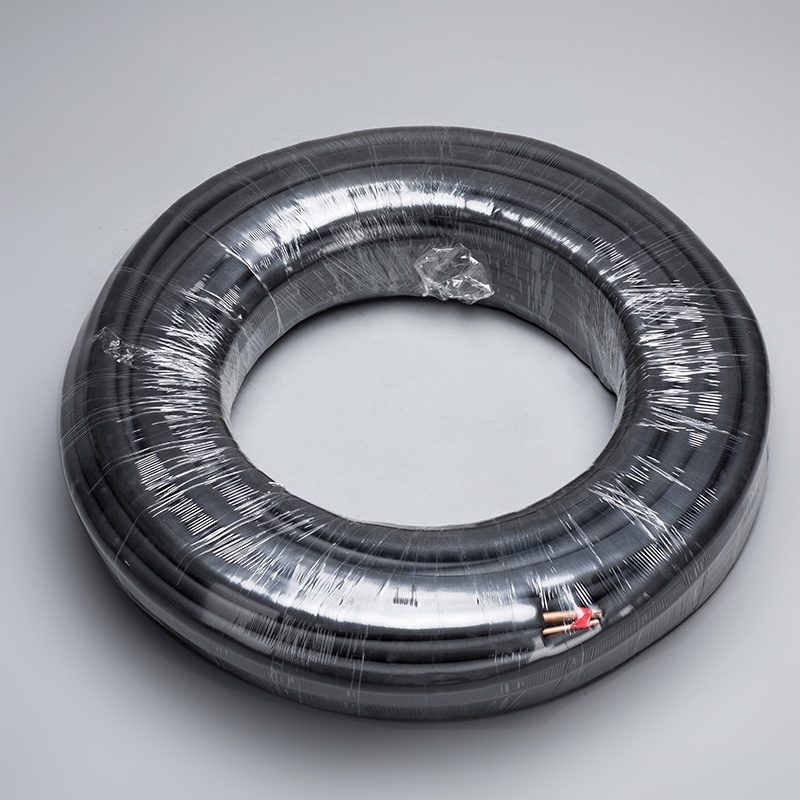
Identifying Common Issues
Corrosion and Scaling
Mechanical Engineer: "Corrosion and scaling are common challenges faced in copper pipe coil production."
To combat corrosion issues, manufacturers implement preventive measures to protect the integrity of the coils. This includes applying protective coatings to inhibit corrosive reactions and extend the lifespan of the pipes.
Addressing scaling concerns involves monitoring water quality and implementing routine cleaning procedures. By preventing mineral buildup within the coils, manufacturers ensure optimal performance and efficiency.
Manufacturing Defects
Quality Control Specialist: "Detecting manufacturing defects early is crucial for maintaining product quality."
Manufacturers employ automated systems to identify deviations from specified parameters during production. By conducting regular inspections and testing, they can rectify defects promptly, ensuring that only high-quality copper pipe coils reach the market.
Effective Solutions
Preventive Measures
Implementing automated quality control systems allows manufacturers to detect deviations in tube variations accurately.
Establishing precise parameters for assessing material composition ensures consistency in product quality throughout the manufacturing process.
Adhering to specific guidelines for dimensional accuracy enhances overall production efficiency and customer satisfaction.
Corrective Actions
Early identification of potential weaknesses through mechanical strength testing methods enables manufacturers to take corrective actions promptly.
Conducting rigorous inspections at various stages of production helps maintain desired mechanical properties in copper pipes.
Continuous monitoring of environmental factors ensures that products meet stringent quality control standards before distribution.
Phosphate Coating for Corrosion Protection
The deployment of phosphate coating technology offers an effective solution for protecting copper pipes from corrosion.
By coating the interior surfaces with a phosphate layer, manufacturers create a barrier against corrosive elements, enhancing the durability and longevity of the coils.
This innovative approach not only safeguards the structural integrity of copper pipe coils but also contributes to maintaining high-quality standards in HVAC systems.
Quality control in manufacturing plays a crucial role in waste reduction, defect elimination, and continuous improvement to ensure high standards are maintained throughout the production process. By adhering to stringent quality control measures and implementing advanced testing techniques like Eddy Current Testing, manufacturers can uphold superior standards in copper pipe coil production. Embracing these best practices not only enhances product durability and longevity but also fosters trust with customers by exceeding their expectations. Implementing these practices is paramount for optimal results and the sustained reliability of copper pipe coils in various applications.
See Also
Innovative Quality Assurance Methods for Copper Pipe Coils
Achieving Mastery in Copper Pipe Coil Quality Control
Revealing Secrets of Copper Pipe Coil Quality Control
